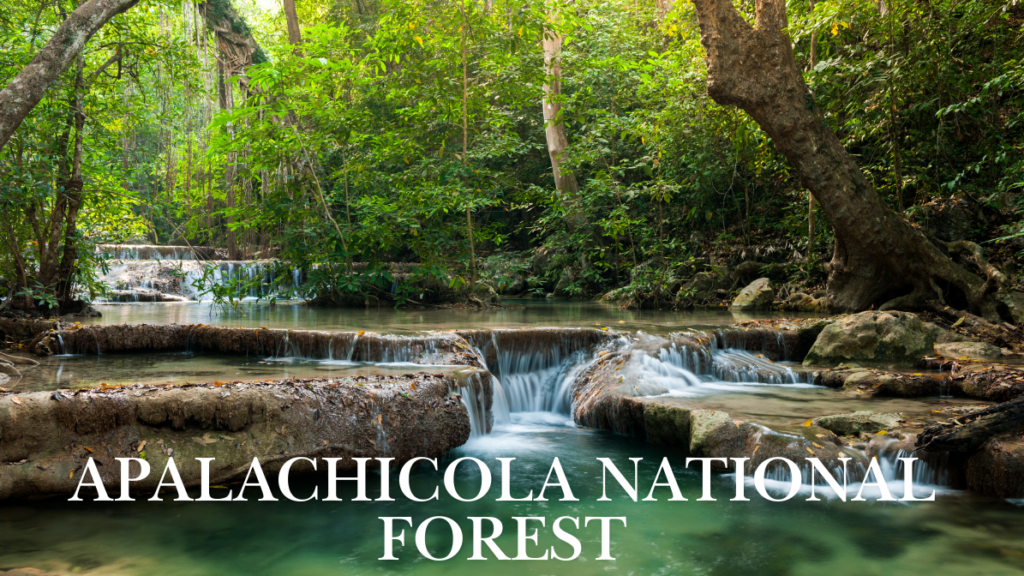Table of Contents
Best Attraction In New Mexico
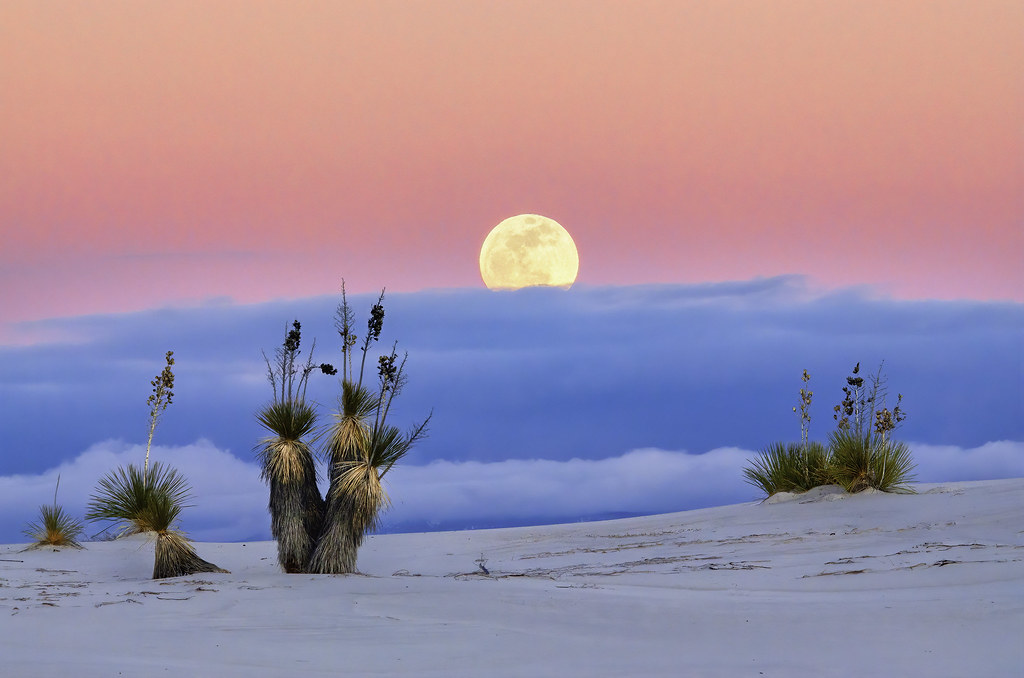
Welcome to New Mexico, the Land of Enchantment! Start planning your visit by exploring our comprehensive guide to Best Attraction In New Mexico, activities, events, accommodations, and essential visitor information. Each entry provides in-depth details, including descriptions, maps, addresses, pricing, contact information, nearby activities, and more.
Attractions in New Mexico
Mesilla Valley Bosque State Park

Mesilla Valley Bosque State Park is New Mexico’s newest state park is a Best Attraction In New Mexico, having opened its doors in 2008. Situated along the western bank of the Rio Grande, just southwest of Mesilla, the park thrives in a unique ecosystem where the term “bosque” refers to a riverside forest in Spanish. This area serves as a crucial habitat for diverse wildlife, relying on the river’s resources in an otherwise arid landscape.
The park encompasses approximately 945 acres, featuring 52 acres of floodplain known as the Old Refuge. Visitors can immerse themselves in nature and observe migratory birds that frequent the park during their seasonal travels. The park’s primary objectives are conservation, education, and habitat restoration.
Aztec Ruins National Monument
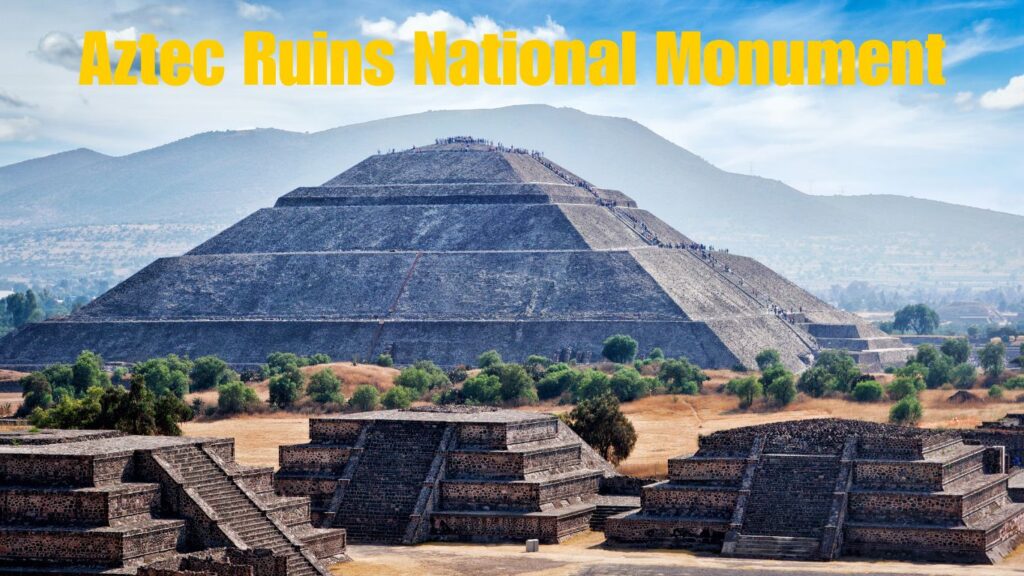
Aztec Ruins National Monument safeguards the structures and artifacts of the Ancestral Pueblo people who inhabited the area from the 1100s to the 1200s. These ruins were originally constructed by communities linked to Chaco Canyon to the south and later utilized by groups from the Mesa Verde region to the north in the 1200s. Established as a monument in 1923, it was designated a World Heritage Site in 1987.
El Camino Real De Tierra Adentro National Historic Trail
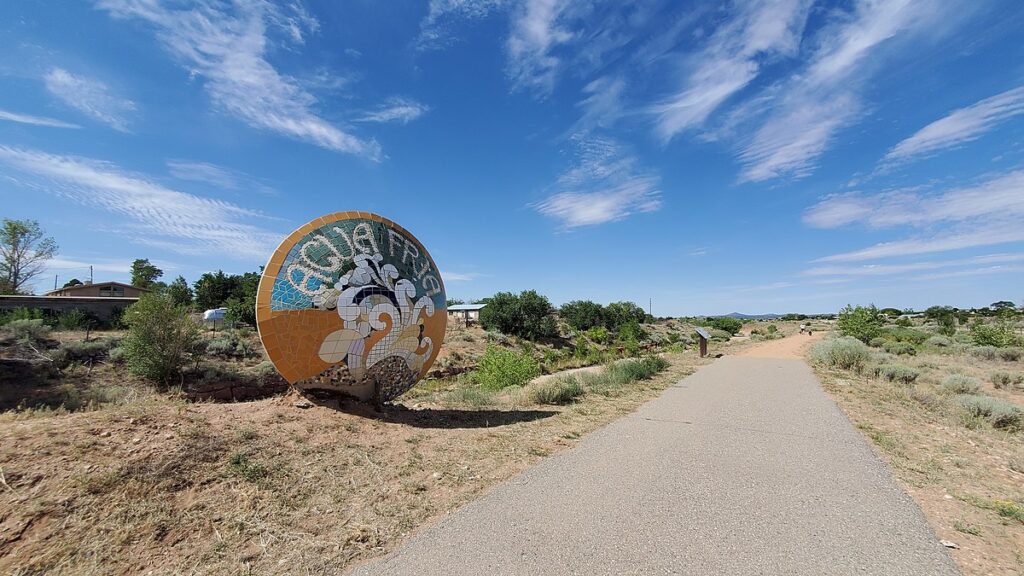
Designated in October 2000, the El Camino Real de Tierra Adentro (Royal Road of the Interior) National Historic Trail marks the historic route connecting the colonial Spanish capital of Mexico City to provincial capitals in New Mexico, including San Juan de Los Caballeros (1598-1600), San Gabriel (1600-1609), and Santa Fe (1610-1821). This 404-mile trail stretches from El Paso, Texas, to San Juan Pueblo, New Mexico.
Recognized as a significant pathway for trade and cultural exchange, El Camino Real de Tierra Adentro has played a pivotal role in shaping the interactions among Spanish settlers, other Europeans, American Indians, Mexicans, and Americans. This historic route celebrates a shared cultural heritage and aims to bridge cultural gaps while enhancing the lives of those who live along its path. The Bureau of Land Management and the National Park Service collaborate on the trail’s planning and administration and it is also a Best Attraction In New Mexico.
El Morro National Monument
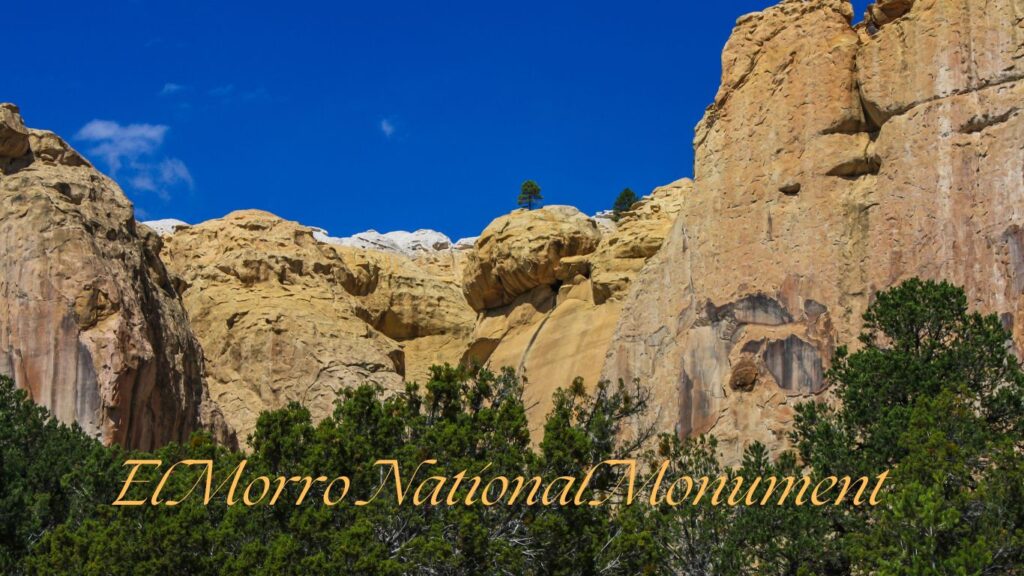
Soaring 200 feet above the surrounding valley, this imposing sandstone bluff served as a crucial landmark for weary travelers. At its base lies a dependable water source, which made El Morro (also known as Inscription Rock) a favored campsite. Since the late 1500s, both Spanish explorers and later American travelers have rested in its shade and quenched their thirst at the pool, often leaving behind their signatures, dates, and messages carved into the rock.
Long before these visitors, the Ancestral Puebloans etched petroglyphs on the bluff over 700 years ago. Today, El Morro National Monument preserves more than 2,000 inscriptions and petroglyphs, along with remnants of Ancestral Puebloan habitation. The monument was established on December 8, 1906, with boundary adjustments made on June 18, 1917, and June 14, 1950.
Holocaust & Intolerance Museum of New Mexico

Established by a Holocaust survivor and his spouse, the Holocaust & Intolerance Museum of New Mexico has evolved into the vision they set out to create: a space dedicated to educating visitors about not only the Holocaust but also the Armenian and Greek genocides, the injustices faced by Native Americans, slavery in the United States, and the “tolerated” genocide in Rwanda. Each year, thousands of schoolchildren aged 10 and older visit the museum. For these young learners and other guests, the docents draw connections between the history of bullying and humanity’s capacity for cruelty. Every visitor leaves with a changed perspective.
Night Sky Adventures
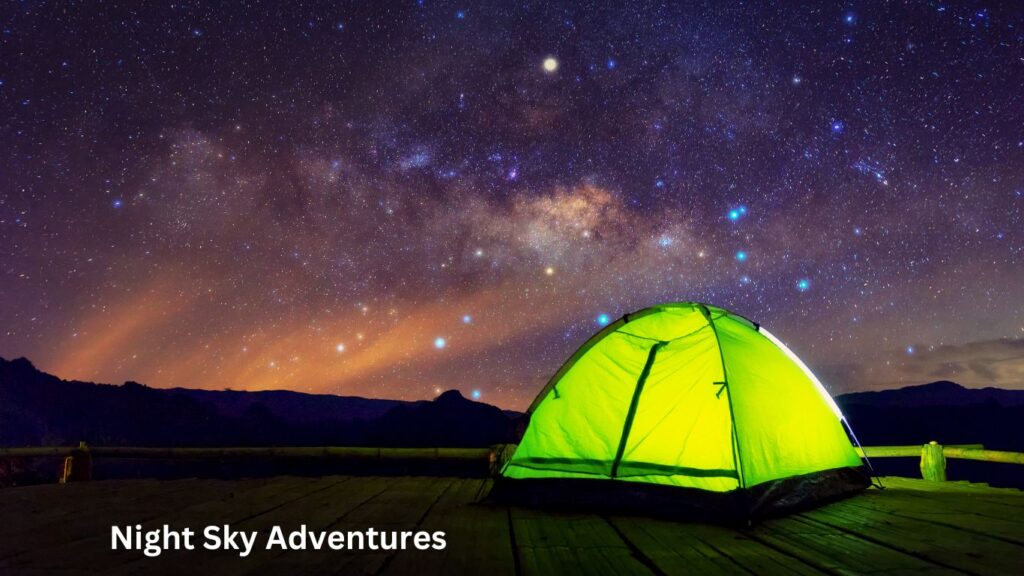
Experience the wonders of the universe like never before with Night Sky Adventures, where we utilize a large telescope featuring a 24-inch diameter mirror that stands 10 feet tall. This impressive instrument captures an astounding 10,000 times more light from faint celestial objects than the human eye can perceive, allowing for an intimate view of the cosmos.
My unique approach to astronomy offers a real-time exploration of the universe without the distractions of traditional planetarium shows. Here, you won’t find observatory buildings, elaborate laser displays (though I might include a bit of star-themed music), or pre-recorded scripts. Instead, it’s all about immersing yourself in the beauty of the night sky.
With such a large telescope, the human eye can witness details in celestial wonders that would have only been possible to capture through long-exposure photography in the past. Even the telescope itself is a sight to behold, even before looking through the eyepiece.
Many visitors are astonished by the vibrant details and richness of the night sky, making Night Sky Adventures an unforgettable experience.
Pecos National Historical Park
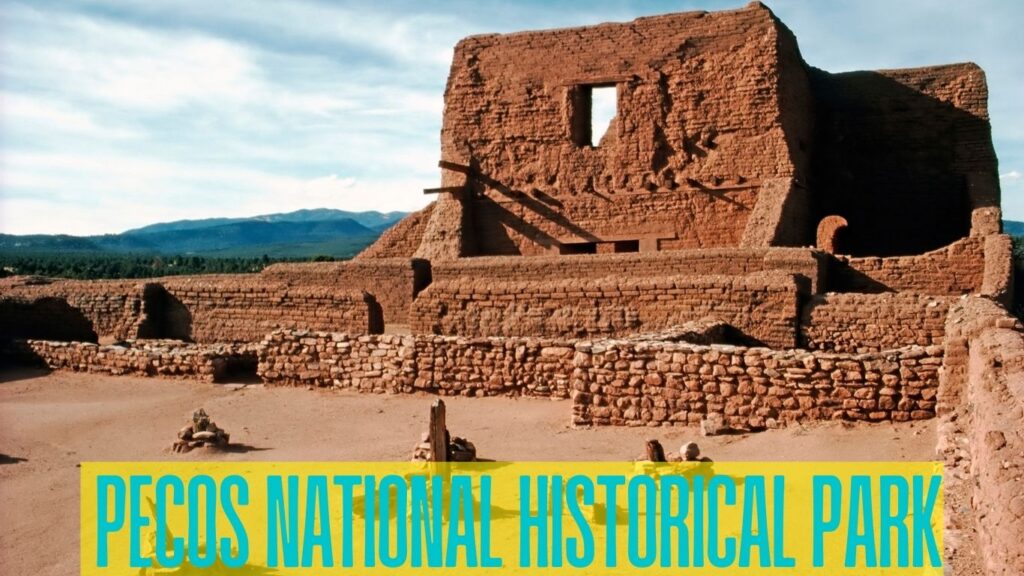
Pecos National Historical Park is the Best Attraction In New Mexico and It is a treasure trove of history, showcasing over 12,000 years of cultural heritage. It features the ancient pueblo of Pecos, two Spanish colonial missions, sites along the Santa Fe Trail, and the 20th-century history of Forked Lightning Ranch, as well as the location of the Civil War Battle of Glorieta Pass. Currently, the park offers access to the ruins trail, picnic area, and visitor center, while areas such as Forked Lightning Ranch, the Santa Fe Trail, and the Glorieta Battlefield are available exclusively through ranger-led tours.
Petroglyph National Monument
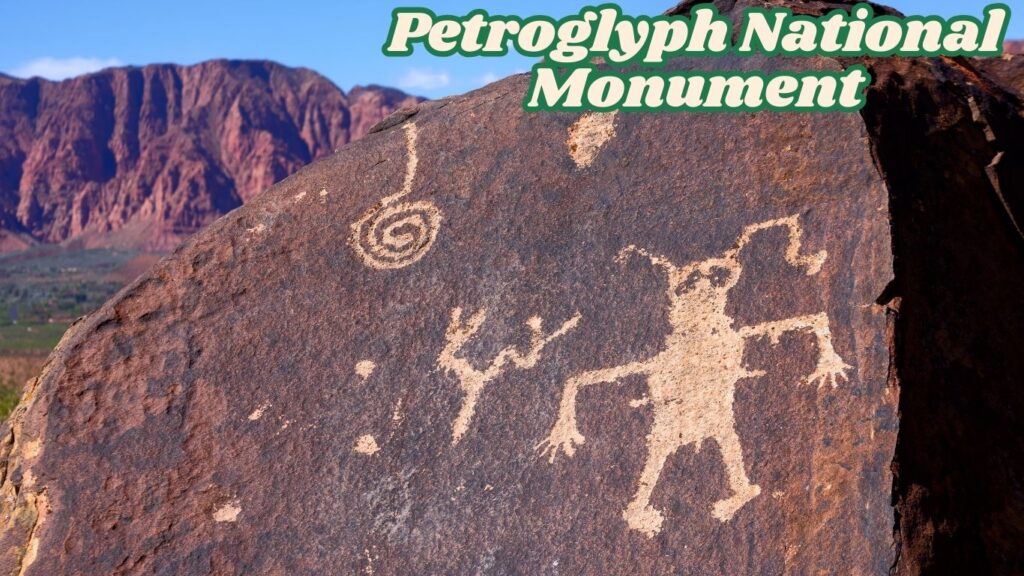
Walking through Petroglyph National Monument is an immersive experience filled with the sounds and sights of the high desert. You might catch a glimpse of a hawk descending from the mesa, a roadrunner darting through aromatic sage, or a desert millipede moving gracefully across the sand. However, there is an even deeper connection here— the ancient presence of those who have called the Rio Grande home for thousands of years.
The petroglyphs etched into the shiny black rocks offer a window into a continuous 12,000-year narrative of human existence in this region. The monument spans 17 miles along Albuquerque’s West Mesa, a prominent volcanic basalt escarpment. Established on June 27, 1990, it covers 7,236 acres and is managed jointly by the National Park Service and the City of Albuquerque.
The monument protects a wealth of cultural and natural resources, including five volcanic cones, numerous archaeological sites, and an estimated 25,000 petroglyphs created by indigenous peoples and early Spanish settlers. While many images depict animals, people, and symbols, others remain more complex, their meanings known only to their creators. Petroglyph National Monument is a place of reverence, awe, and appreciation for the cultural landscape it represents.
Salinas Pueblo Missions National Monument

In the past, the central New Mexico frontier was home to flourishing trade communities of the Tiwa and Tompiro-speaking Puebloans. In the early 17th century, Spanish Franciscans recognized the area’s potential for missionary work. Unfortunately, by the late 1670s, the entire Salinas District was devoid of both Native Americans and Spaniards. Today, what remains are beautiful yet stark reminders of this early encounter: the ruins of four mission churches located at Quarai, Abó, and Gran Quivira, along with the partially excavated pueblo known today as Gran Quivira. Established in 1980 by merging two New Mexico State Monuments and the former Gran Quivira National Monument, the site now encompasses 1,100 acres.
The Case Trading Post
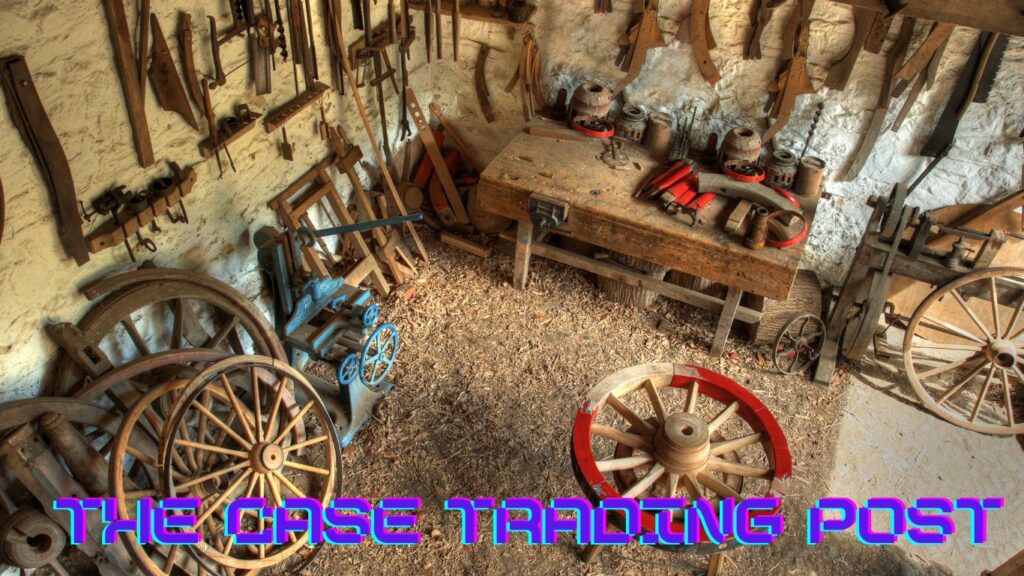
The Case Trading Post, located within the Wheelwright Museum of the American Indian, offers an exceptional selection of Native American art, jewelry, textiles, pottery, and more, showcasing both emerging talent and established artisans. In addition to art, you’ll find books, toys, and various gifts presented in the nostalgic atmosphere of a turn-of-the-century trading post situated on the Navajo reservation.
Wheelwright Museum of the American Indian
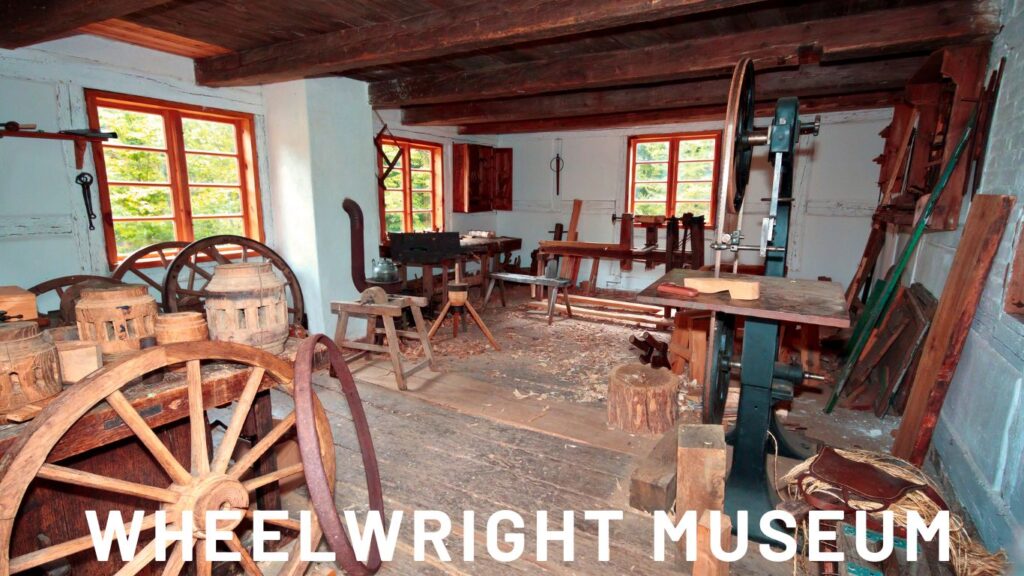
Founded in 1937, the Wheelwright Museum of the American Indian stands as New Mexico’s oldest independent, non-profit museum. It features unique exhibitions of both contemporary and traditional American Indian art. The museum’s Jim and Lauris Phillips Center for the Study of Southwestern Jewelry is dedicated to the past, present, and future of Native American jewelry and its related traditions.
Turquoise Trail National Scenic Byway
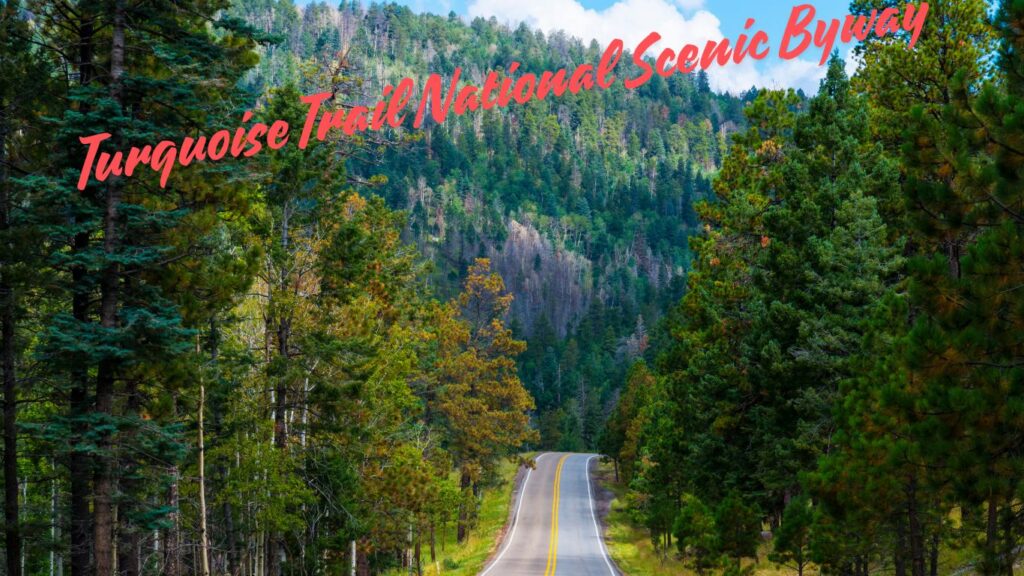
Take a scenic detour from the freeway and explore the Turquoise Trail National Scenic Byway. This beautiful route stretches for around 50 miles along Highway 14, connecting Albuquerque to Santa Fe through central New Mexico’s scenic and historic 15,000-square-mile region. Along the way, enjoy panoramic views from Sandia Crest and journey back in time through former mining towns like Golden, Madrid, and Cerrillos. These charming spots are now vibrant communities, bustling with art, crafts, theaters, music, museums, and inviting eateries.
White Sands National Monument
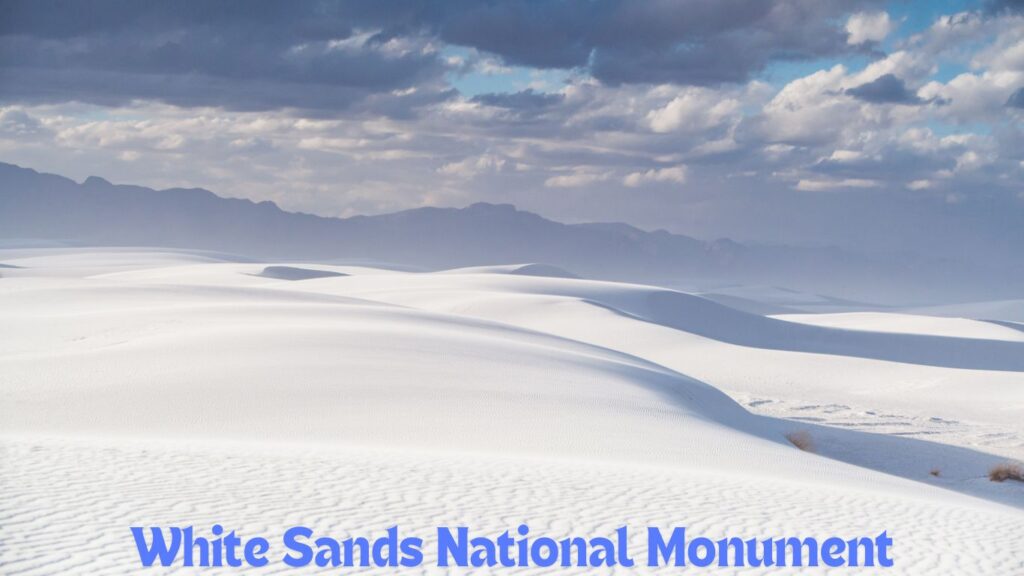
Nestled at the northern edge of the Chihuahuan Desert lies the Tularosa Basin, a mountain-rimmed valley home to one of the world’s unique natural marvels—the striking white sands of New Mexico. Here, massive dunes of gypsum sand stretch over 275 square miles, forming the largest gypsum dune field on Earth. These white dunes are in constant motion: they grow, crest, slump, and steadily advance, driven by strong southwestern winds.
In this challenging environment, only a few hardy plants can keep pace with the shifting sands, while some desert-adapted animals have evolved to match the white gypsum sands for camouflage. White Sands National Monument protects a significant portion of this unique gypsum dune field and the specialized flora and fauna that thrive in its ever-changing landscape.

